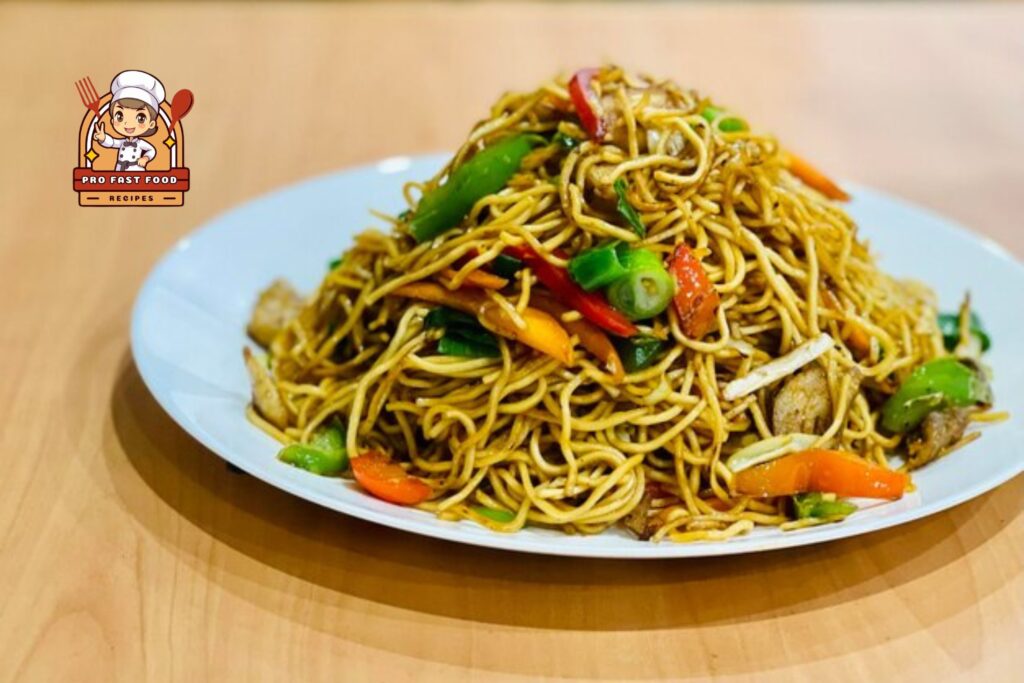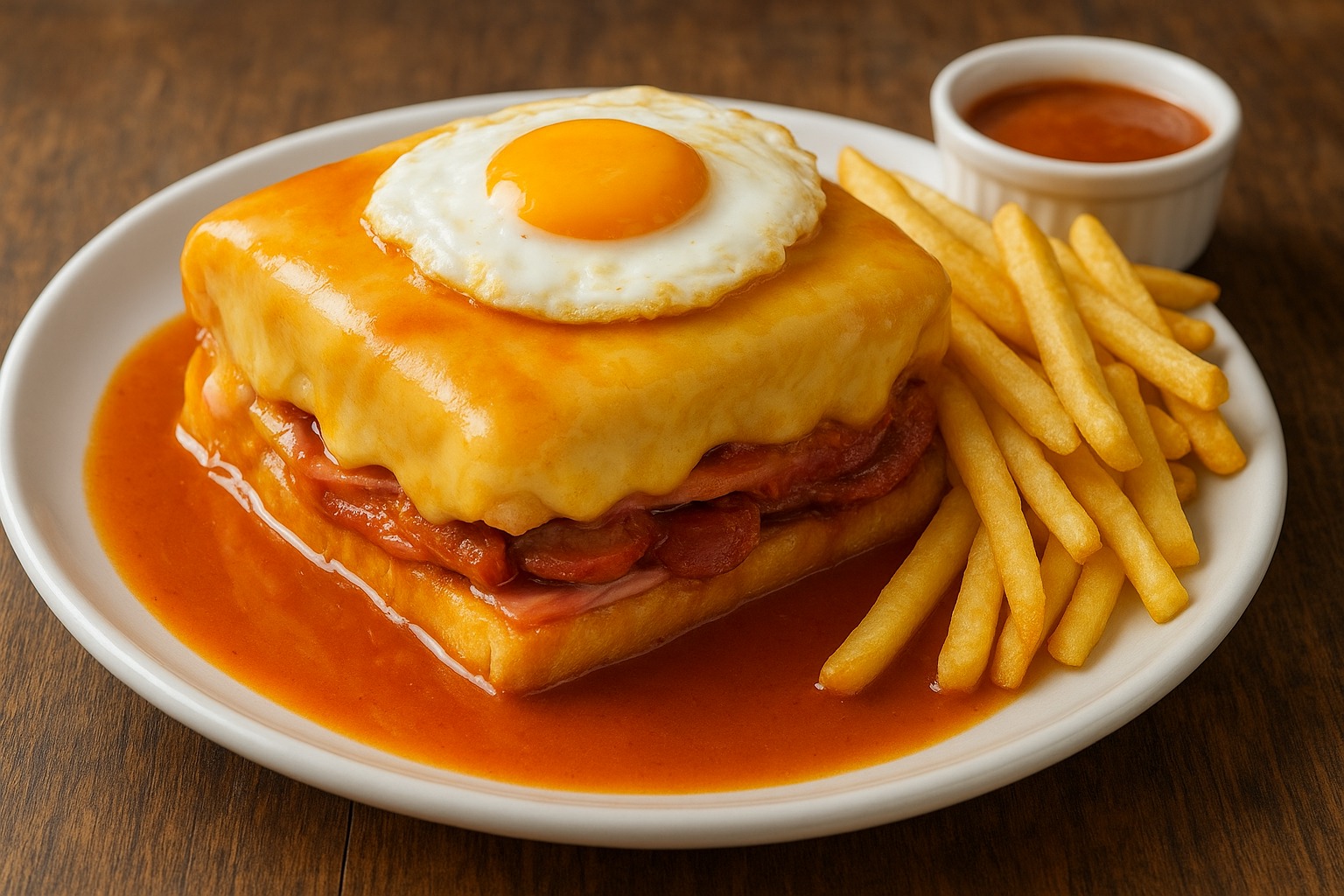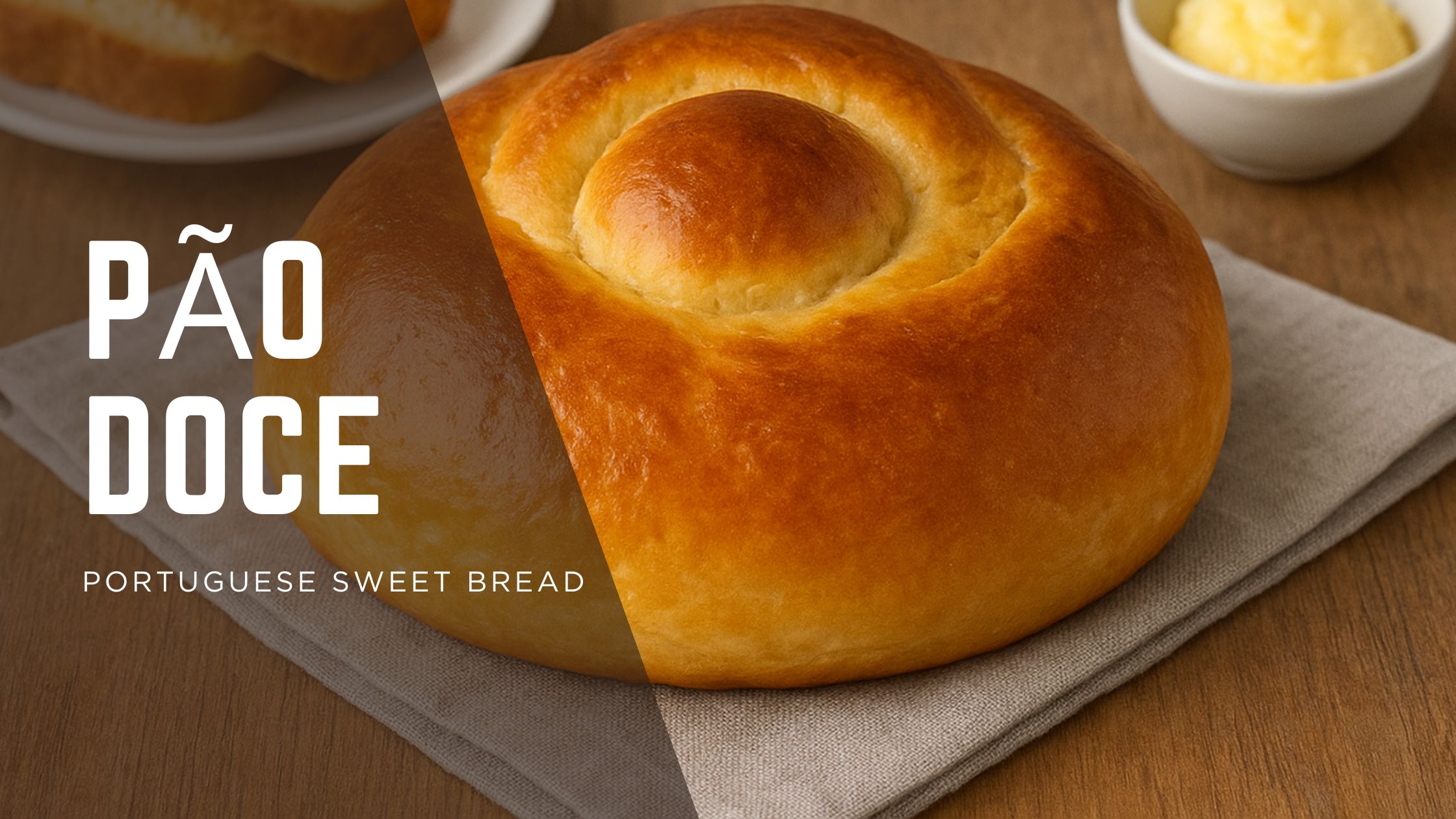When it comes to replicating the iconic flavors of Panda Express Chow Mein, the key lies in mastering the balance of simplicity and technique. This beloved dish, known for its savory flavor, tender noodles, and perfectly stir-fried vegetables, can be recreated at home with the right approach. In this guide, we will unveil the secrets to crafting a perfect copycat version of Panda Express Chow Mein that will tantalize your taste buds. Whether you’re craving a comforting noodle dish or want to impress your family and friends, this recipe has you covered.
What Makes Panda Express Chow Mein Special?
Panda Express Chow Mein stands out for its chewy texture, savory sauce, and a mix of fresh, stir-fried vegetables. Unlike many Chinese noodle dishes, it strikes the perfect balance of flavor and texture, making it a household favorite. The dish is prepared with simple ingredients yet delivers a complex taste that is both satisfying and versatile. Its unique combination of soy sauce, oyster sauce, and vegetables like cabbage, celery, and green onions creates a flavor profile that is hard to beat.
Ingredients Needed for the Perfect Panda Express Chow Mein
To create this copycat Panda Express Chow Mein recipe, you’ll need a handful of pantry staples and fresh produce. Here’s what you’ll need:
For the Noodles
- Chow Mein Noodles (or Yakisoba noodles if unavailable)
- 2 tbsp Sesame Oil
For the Sauce
- 1/4 cup Soy Sauce
- 2 tbsp Oyster Sauce
- 1 tbsp Brown Sugar
- 1 tsp Sesame Oil
- 1 tsp Vegetable Oil
For the Vegetables
- 2 cups Shredded Cabbage
- 1 cup Sliced Celery
- 1 cup Green Onions (sliced into 2-inch pieces)
- Optional: Bean Sprouts
Additional Ingredients
- 1 tbsp Minced Garlic
- 1 tbsp Grated Ginger
- 2 tbsp Vegetable Oil
Step-by-Step Instructions to Make Panda Express Chow Mein at Home
Step 1: Prepare the Noodles
- Cook the chow mein noodles according to package instructions. For an authentic texture, boil until just tender, ensuring they remain slightly chewy.
- Drain the noodles and toss them with 1 tbsp of sesame oil to prevent sticking. Set aside.
Step 2: Create the Sauce
- In a small bowl, whisk together the soy sauce, oyster sauce, brown sugar, and a touch of sesame oil.
- Adjust the sweetness and saltiness based on your preference for that perfect balance.
Step 3: Sauté the Vegetables
- Heat 2 tbsp of vegetable oil in a large wok or skillet over high heat.
- Add the minced garlic and grated ginger, stirring until fragrant.
- Toss in the shredded cabbage, sliced celery, and green onions. Stir-fry for about 3–4 minutes until the vegetables are tender but still crisp.
Step 4: Combine Noodles and Sauce
- Add the cooked noodles to the wok, tossing them gently with the vegetables.
- Pour the prepared sauce over the noodles and mix thoroughly to coat every strand.
Step 5: Final Touches
- Stir-fry the entire mixture for an additional 2–3 minutes, ensuring everything is evenly heated.
- Serve hot, garnished with additional green onions or sesame seeds if desired.
Tips for the Best Copycat Panda Express Chow Mein
- Use High Heat: Cooking at high heat ensures the noodles and vegetables develop a slightly charred flavor, reminiscent of restaurant-style chow mein.
- Opt for Fresh Ingredients: Fresh vegetables like cabbage and celery retain their crunch during stir-frying, adding texture to the dish.
- Don’t Overcook the Noodles: Overcooking can result in mushy noodles. Aim for a firm yet tender bite for the best results.
- Experiment with Add-Ons: For a protein-packed meal, add cooked chicken, shrimp, or tofu to the mix.
- Store Properly: Leftover chow mein can be stored in an airtight container in the refrigerator for up to 3 days. Reheat gently to preserve its flavors.
Why Homemade Chow Mein Beats the Restaurant Version
Recreating Panda Express Chow Mein at home allows you to control the quality and quantity of ingredients. You can adjust the flavors to suit your preferences, ensuring a healthier and more personalized dish. Plus, the satisfaction of making a restaurant-quality meal in your own kitchen is unparalleled.
Final Thoughts
Mastering the Panda Express Chow Mein recipe at home is easier than you might think. With a few simple ingredients and straightforward steps, you can bring the iconic flavors of this beloved dish to your dining table. For more delicious copycat recipes, be sure to check out Pro Fast Food Recipes, your go-to source for recreating restaurant favorites at home.
So, roll up your sleeves, grab your wok, and get cooking. Your next bowl of chow mein is just minutes away!

FAQs
1. Can I use ramen noodles instead of chow mein noodles?
Yes, ramen noodles can be a suitable substitute. However, for a more authentic texture, stick to chow mein noodles or yakisoba noodles.
2. What vegetables can I add to the chow mein?
While cabbage, celery, and green onions are traditional, feel free to add carrots, snap peas, or bell peppers for additional color and flavor.
3. Can I make this recipe gluten-free?
Absolutely! Use gluten-free soy sauce and oyster sauce to create a gluten-free version of this dish.
4. How can I store and reheat leftover chow mein?
Store leftovers in an airtight container in the refrigerator for up to 3 days. Reheat in a skillet over medium heat, adding a splash of water to revive the sauce.
5. Where can I find authentic chow mein noodles?
Most Asian grocery stores stock chow mein noodles. You can also check the international aisle of your local supermarket.



